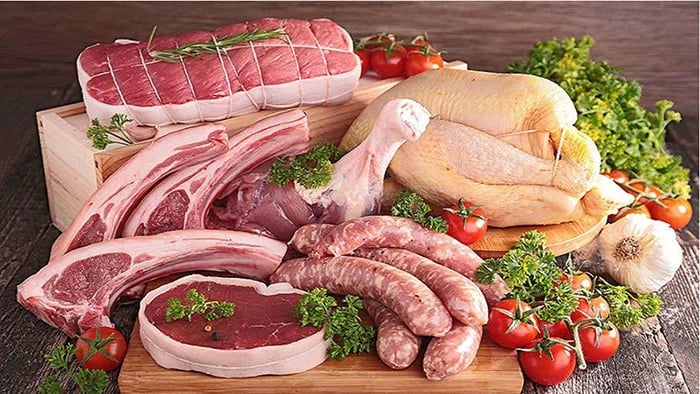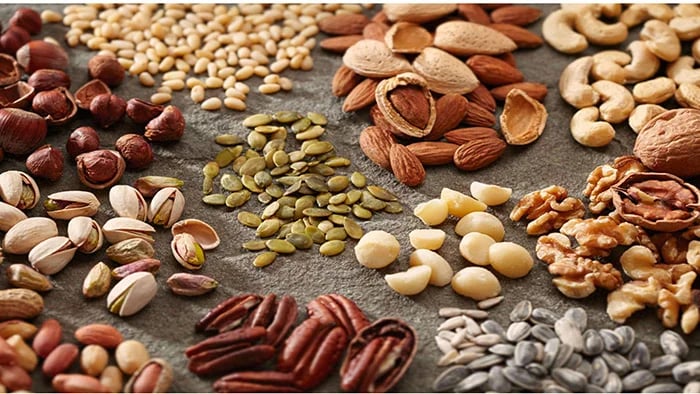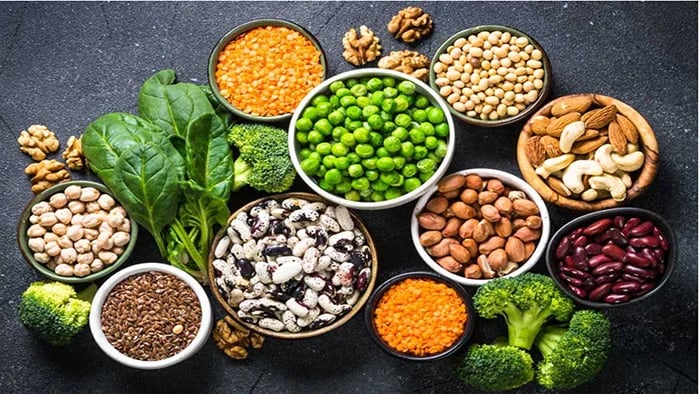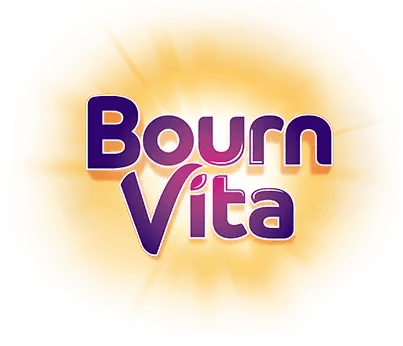- Meat
- Eggs and Poultry
- Seafood
- Nuts and Seeds
- Vegetables and Legumes.
Iron is an important micronutrient that helps in all bodily functions and plays the lead role in making hemoglobin, which is necessary for carrying oxygen via blood to various organs of the body. However, the human body cannot make iron; it can only store it when consumed. Therefore, it is important for children to get their daily iron requirement from foods rich in iron. If they don’t, they run the risk of developing an iron deficiency.
Understanding Iron Deficiency In Kids
To understand iron deficiency better, it is important to first know what the daily recommendations for iron in children are. Though the daily recommended dietary intake of iron depends on age, sex, and status of pregnancy, babies aged 7 to 12 months should consume 11 mg/day, toddlers aged 1 to 3 years need 9 mg/day, kids aged 4 to 8 years require 10 mg/day, while children aged 9 to 13 years require 8 mg/day.
As for teenagers between 14 to 18, males need 11mg/day, while females must consume 15 mg/day to remain healthy and not suffer from iron deficiency and anemia.
Now, iron exists in foods in two forms. Namely, heme iron and non-heme iron. The human body readily absorbs up to 30% of heme iron consumed, while it only absorbs between 2 to 10% of the non-heme iron consumed. The best way to improve non-heme iron consumption is by either pairing them with some heme iron sources or with foods rich in vitamin C, like tomatoes, colorful bell peppers, and citrus fruits, as the acidic vitamin is known for helping non-heme iron absorption.
Therefore, to ensure your kids’ diet is replete with iron and drives away any chance of incurring a deficiency, here are some foods to add to your kids’ diet.
Heme Iron-Rich Food Sources for Children
1. Meat

Animal meat and their organs, like lamb, pork, beef, veal, and liver, as well as poultry and fish, are a rich source of iron while also providing protein, zinc, iodine, vitamin B12, and omega-3 fatty acids. However, it is advised that consumers of animal protein consume these in moderation so as not to incur the risk of lifestyle diseases. Prepare a variety of casseroles, lasagnas, or stews. If your kid is an adventurous eater, introduce them to homemade lamb steaks or Chinese preparations of lamb, that draw attention away from its gamey flavor to more intriguing spices, dressings, and vegetables. This will not only widen their palette but also boost their iron levels.
2. Eggs and Poultry
Eggs, chicken, and turkey are wonderful sources of protein and iron that are far more widely consumed in the Indian subcontinent. Eggs provide 1 mg of iron per serving, while chicken and turkey provide the same for 3-ounce servings. Since iron deficiency can lead to headaches, fatigue, and lack of concentration in mild cases, it is better to avoid the drill by including more eggs and poultry into our kids’ diets in fun ways, like egg and cheese pinwheels, stuffed omelets, and turkey bacon.
3. Seafood
Seafoods like oysters, scallops, tuna, haddock, mackerel, and sardines are great sources of iron, often even richer than meat. However, it varies for each source, with 3 ounces of tuna clocking in at 1 mg of iron, while sardines and oysters of the same serving size offer 2 and 8 mg of iron, respectively. This means that if you can get your kids to at least start liking or getting used to fish in childhood, their tastebuds will blossom further and incorporate seafood as well. Try making grilled, roasted, or lightly fried versions of fish and include good curries or homemade dressings to go with it. Once kids get past the fishy odor, the battle is won.
Non-Heme Iron-Rich Food Sources for Kids
1. Nuts and Seeds

Nuts and seeds are a great mini boost of iron as they do wonders for your kids’ health when consumed in moderation. A serving of mixed nuts of 100 gm, roasted and lightly salted, offers 2.6 mg of iron. In contrast, a handful of roasted cashew nuts offers approximately 2 mg of iron, and a cup of dry roasted pistachios offers 1 mg of iron. Among seeds, pumpkin seeds, sesame seeds, flax seeds, and hemp seeds are rich sources of iron. You can incorporate these into your kids’ diet by making granola or trail mix at home.
2. Vegetables and Legumes.

Among vegetables, spinach, beet greens, sweet potatoes, and broccoli are the top sources of iron, while tomatoes, potatoes, and green beans are also surprisingly rich in iron. Legumes like white beans, kidney beans, chickpeas, lentils, and plant-based foods like tofu and soya chunks possess decent levels of iron, which can be incorporated into your kids’ diet to boost their iron levels. Pair these vegetables and legumes with animal protein or vitamin C-rich foods to ensure their body gets adequate amounts of iron daily.
Conclusion
Iron deficiency can become a serious problem if not treated early. To ensure that iron deficiency does not occur, parents need to include these rich food sources of iron in their kids’ diet. The creation and consumption of iron-rich foods will replete your kids’ iron levels and help them develop healthy eating habits and a diverse food palate.
Kaushiki Gangully is a content writing specialist with a passion for children's nutrition, education, and well-being. With more than five years of writing experience and a science-based background, she provides nuanced insights to help families raise happy, healthy kids. Kaushiki believes in making learning and healthy eating fun, empowering parents with practical, easy advice.
The views expressed are that of the expert alone.
The information provided in this content is for informational purposes only and should not be considered a substitute for professional medical advice, diagnosis, or treatment. Always seek the advice of your physician or another qualified healthcare provider before making any significant changes to your diet, exercise, or medication routines.
















